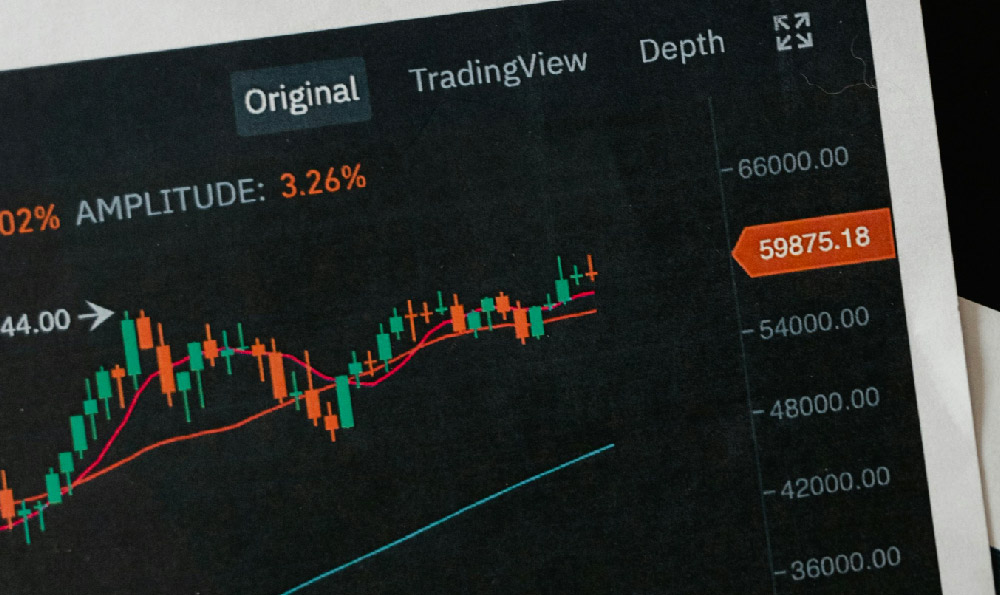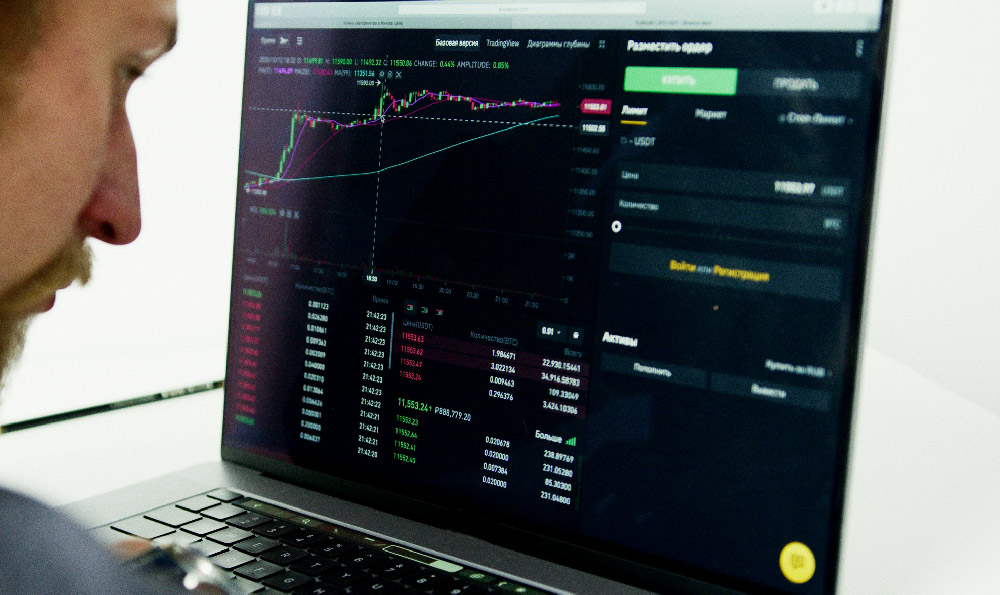The allure of becoming a social media influencer, flashing a seemingly lavish lifestyle funded by brand deals and affiliate links, is undeniable. The promise of earning a substantial income by simply posting content and engaging with followers has drawn countless individuals into the influencer economy. But the question remains: Do influencers really earn? And if so, what’s the real influencer income like? The truth, as is often the case, is far more nuanced than the picture-perfect portrayals we see online.
To understand the financial realities of being an influencer, we must first dissect the various income streams available to them. The most common and perhaps most visible source is brand partnerships. Brands, eager to reach a targeted audience, pay influencers to promote their products or services through sponsored posts, reviews, or appearances. The compensation for these partnerships varies wildly based on several factors, including the influencer's follower count, engagement rate, niche, and the brand's budget. Micro-influencers, those with a smaller but often highly engaged audience (typically between 1,000 and 100,000 followers), may earn anywhere from a few dollars to a few hundred dollars per post. Mid-tier influencers (100,000 to 1 million followers) can command several thousand dollars per post, while mega-influencers and celebrities with millions of followers can charge tens or even hundreds of thousands of dollars for a single endorsement.
Affiliate marketing is another significant revenue stream. Influencers promote products by sharing unique affiliate links or discount codes. When their followers make a purchase using these links or codes, the influencer receives a commission, typically a percentage of the sale price. The profitability of affiliate marketing depends on the influencer's ability to drive sales, the commission rates offered by the affiliate programs, and the overall popularity of the products being promoted.

Beyond brand deals and affiliate marketing, some influencers generate income through creating and selling their own products or services. This could range from launching a clothing line or beauty brand to offering online courses, coaching services, or digital products like e-books or presets. This income stream is more dependent on the influencer's entrepreneurial skills, the quality and desirability of their offerings, and their ability to market and sell their products effectively.
Direct revenue from platforms like YouTube, Twitch, or Patreon is also a possibility. YouTube, for example, allows creators to monetize their videos through ad revenue, channel memberships, and super chat features. Twitch streamers can earn through subscriptions, donations, and sponsorships. Patreon enables fans to support their favorite creators through recurring monthly subscriptions. The income potential from these platforms depends on the number of views, subscribers, and the level of engagement the influencer can generate.
While the potential earnings seem substantial, it's crucial to understand that influencer income is far from guaranteed or consistent. It's a highly competitive market where success requires more than just a large follower count. Building a loyal and engaged audience, creating high-quality content, maintaining a consistent posting schedule, and actively engaging with followers are all essential for attracting brand partnerships and generating revenue.
Moreover, the influencer economy is constantly evolving. Algorithm changes on social media platforms can significantly impact an influencer's reach and engagement, leading to fluctuations in income. Trends come and go, and influencers must adapt and reinvent themselves to stay relevant. The rise of new platforms and the increasing demand for authenticity and transparency are also shaping the landscape.
It's equally important to consider the expenses associated with being an influencer. Content creation often involves significant upfront investments in equipment, software, editing services, and even travel. Building a personal brand requires consistent marketing efforts, including social media advertising, website development, and public relations. Furthermore, influencers often face self-employment taxes, health insurance costs, and other business-related expenses that can significantly impact their net income.
The "real" influencer income is thus a complex calculation. While some influencers earn a comfortable living, even reaching millionaire status, the vast majority struggle to make a sustainable income. Many operate as part-time influencers, supplementing their income with other jobs. The median income for influencers is likely far lower than the headline-grabbing figures often reported.
Adding to the complexity is the often-overlooked aspect of exploitation. Many aspiring influencers, eager to break into the industry, are vulnerable to scams and exploitative practices. They may be offered collaborations that promise exposure but fail to deliver, or they may be pressured into accepting unreasonably low rates for their work. Building a strong understanding of industry standards, negotiating fair rates, and protecting oneself from exploitation are crucial for long-term success.
In conclusion, influencers can and do earn, but the reality is far more nuanced than the idealized portrayals often seen online. The influencer economy is a competitive and rapidly evolving landscape where success requires hard work, dedication, and a strategic approach. While the potential rewards are significant, it's essential to approach the industry with realistic expectations, a clear understanding of the financial realities, and a commitment to ethical practices. The journey to becoming a successful and financially stable influencer is a marathon, not a sprint, and requires a long-term vision and a willingness to adapt to the ever-changing dynamics of the digital world. It is crucial to remember that behind the curated feeds and glamorous photos, there is often a substantial amount of effort, investment, and business acumen required to translate online influence into tangible financial success.











